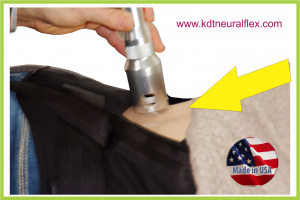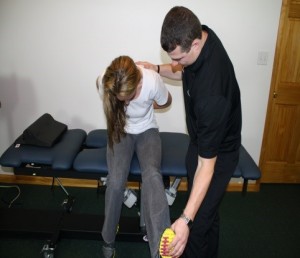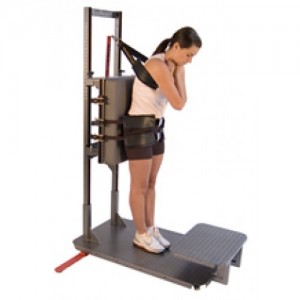The myth of lumbar instability: the importance of abnormal loading as a cause of LBP
Mulholland R Eur Spine May 17(5) 2008
The cause and hence the treatment of “mechanical” LBP remains unsolved, despite a century of endeavor. It is generally accepted that some form of failure of the disc is central to causation. In the latter 20th century failure of the disc leading to abnormal movement i.e. “instability” legitimized fusion as a treatment. However the result of fusion remain unpredictable. Despite progressively more rigid fusions results failed to improve, casting doubt on the concept that back pain was movement related…and stopping movement was central to success.
Is it more likely back pain is “load related” and not movement related?
Is instability as a cause of back pain a myth?
At the beginning of the 1950’s abnormal movement was not mentioned as a cause of pain.
Then how did the term “instability” become used as a diagnostic term?
Barr in 1950 appears to be the first reference to the term stating: “it is becoming evident that backache is often associated with mechanical instability of a degenerate disc lesion”. Harris and Macnab in 1954
further the concept that the disc plays a central role in Sciatica & LBP however it was not suggested that excessive movement is present, and translational movement is deemed to be unusual.
Conclusion: Abnormal movement of a degenerated segment may be associated with LBP but it is not causative….the concept of instability as a cause of back pain is a myth.



 gies) and movement-impairment protocols are effective in many cases where general exercise fails.
gies) and movement-impairment protocols are effective in many cases where general exercise fails.